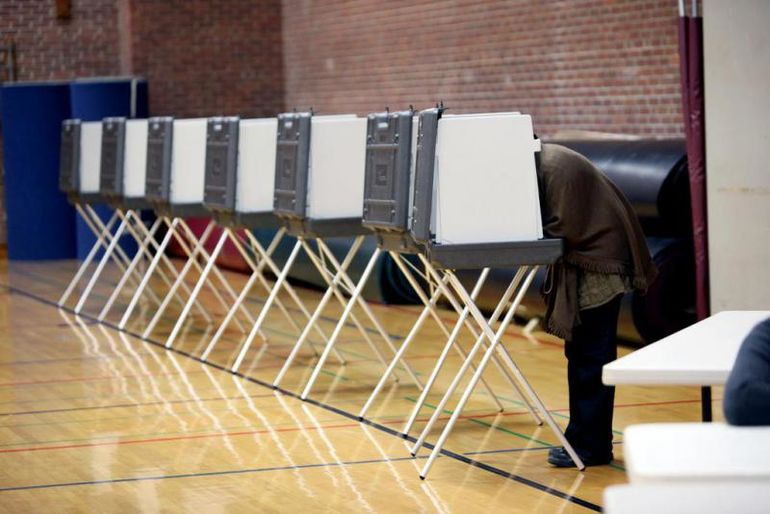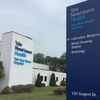Processing Your Payment
Please do not leave this page until complete. This can take a few moments.
-
News
-
Editions
-
- Lists
-
Viewpoints
-
HBJ Events
-
Event Info
- 2024 Economic Outlook Webinar Presented by: NBT Bank
- Best Places to Work in Connecticut 2024
- Top 25 Women In Business Awards 2024
- Connecticut's Family Business Awards 2024
- What's Your Story? A Small Business Giveaway 2024 Presented By: Torrington Savings Bank
- 40 Under Forty Awards 2024
- C-Suite and Lifetime Achievement Awards 2024
- Connecticut's Health Care Heroes Awards 2024
-
-
Business Calendar
-
Custom Content
- News
-
Editions
View Digital Editions
Biweekly Issues
- April 29, 2024
- April 15, 2024
- April 1, 2024
- March 18, 2024
- March 4, 2024
- February 19, 2024
- February 5, 2024
- January 22, 2024
- January 8, 2024
- + More
Special Editions
- Lists
- Viewpoints
-
HBJ Events
Event Info
- View all Events
- 2024 Economic Outlook Webinar Presented by: NBT Bank
- Best Places to Work in Connecticut 2024
- Top 25 Women In Business Awards 2024
- Connecticut's Family Business Awards 2024
- What's Your Story? A Small Business Giveaway 2024 Presented By: Torrington Savings Bank
- 40 Under Forty Awards 2024
- C-Suite and Lifetime Achievement Awards 2024
- Connecticut's Health Care Heroes Awards 2024
Award Honorees
- Business Calendar
- Custom Content
For Q-Poll and other election pollsters, 2020 mistakes are a repeat of 2016
 PHOTO | CONNECTICUT PUBLIC RADIO
Pollsters predicted large margins of victory for Joe Biden across the country, but voters, again, proved unpredictable.
PHOTO | CONNECTICUT PUBLIC RADIO
Pollsters predicted large margins of victory for Joe Biden across the country, but voters, again, proved unpredictable.
Pollsters predicted large margins of victory for Joe Biden across the country, but voters, again, proved unpredictable.
Democrats were heartened by pollsters, including those at Quinnipiac University, who indicated former Vice President Joe Biden would have big wins in swing states and that Democrats were in line for big gains in the U.S. House and Senate.
But the projections proved to be mirages.
With the vote-count still in progress, the size of this year’s polling error is still unknown. But, like it was in the 2016 election, both state and national polls did not predict election night would be a cliffhanger. Nor did polls indicate House Speaker Nancy Pelosi would be presiding over a smaller House majority.
“There was a failure across the political universe when it came to polling,” tweeted Bill Burton, a political consultant who served as deputy White House press secretary in the Obama administration. “There was not a serious person in the country who predicted these results in the House, the Senate or even the president outperforming his 2016 tally by millions of votes.”
As late as Nov. 2, the day before the election, Quinnipiac pollsters showed that Biden had a five-point lead, 47% to 42%, over President Donald Trump in Florida and a four -point, 47% to 43%, lead over Trump in Ohio.
Those states were won decisively by Trump, by 3.5 points in Florida and more than eight points in Ohio.
Quinnipiac, and nearly all the nation’s pollsters, misfired in giving Democrats the edge in presidential races in other states and other key races.
For instance, Quinnipiac gave Biden a 10-point lead in surveys taken in late October and in two September polls.
Quinnipiac was not alone in predicting a huge Biden advantage. On Election Day, RealClearPolitics predicted Biden would win by 7.2 points and FiveThirtyeight.com said the vice president would win by 8.4 points. The final Wall Street Journal/NBC News poll reported a Biden lead of 10 points
Quinnipiac pollster Doug Schwartz said, “A full examination of what went wrong with polls this year is going to take a while.”
“At the moment, I still need to see the final election results and final exit poll results, and without those I’m not able to make even preliminary hypotheses about what exactly the issues are,” he said.
Pollsters also largely underestimated Trump’s support in the 2016 election, predicting a Hillary Clinton win. After they failed to predict a Trump victory, most pollsters made changes to the way they measured voter support, but it seems not to have done much good.
“After the 2016 election, it took six months for the American Association of Public Opinion Research to release their findings about polling errors; I would expect a full evaluation of 2020 to take at least as long, though we might have some idea of the situation before then,” Schwartz said.
But irreversible damage may have already been done to pollster credibility, said Republican pollster Frank Luntz.
“The political polling profession is done,” Luntz told Axios on Wednesday. “It is devastating for my industry.”
Connecticut political science professor Ronald Schurin said there was a clear trend in pre-election polling.
“All the mistakes were overestimating Democratic support and underestimating Republican support,” he said.
Yet he said pollsters may not be at fault – at least not entirely — for misleading predictions about the election.
“It could be that pollsters weren’t wrong, but people changed their minds at the end,” Schurin said.
He also said respondents who supported Trump may have been shy about speaking to pollsters about their support for Trump or other Republican candidates, skewing results.
“(Respondents) could also lie,” Schurin said. “But I don’t think many people do.”

2022 Giving Guide
This special edition informs and connects businesses with nonprofit organizations that are aligned with what they care about. Each nonprofit profile provides a crisp snapshot of the organization’s mission, goals, area of service, giving and volunteer opportunities and board leadership.
Learn more
Subscribe
Hartford Business Journal provides the top coverage of news, trends, data, politics and personalities of the area’s business community. Get the news and information you need from the award-winning writers at HBJ. Don’t miss out - subscribe today.
Subscribe
2024 Book of Lists
Delivering Vital Marketplace Content and Context to Senior Decision Makers Throughout Greater Hartford and the State ... All Year Long!
Read Here-
2022 Giving Guide
This special edition informs and connects businesses with nonprofit organizations that are aligned with what they care about. Each nonprofit profile provides a crisp snapshot of the organization’s mission, goals, area of service, giving and volunteer opportunities and board leadership.
-
Subscribe
Hartford Business Journal provides the top coverage of news, trends, data, politics and personalities of the area’s business community. Get the news and information you need from the award-winning writers at HBJ. Don’t miss out - subscribe today.
-
2024 Book of Lists
Delivering Vital Marketplace Content and Context to Senior Decision Makers Throughout Greater Hartford and the State ... All Year Long!
ABOUT
ADVERTISE
NEW ENGLAND BUSINESS MEDIA SITES
No articles left
Get access now
In order to use this feature, we need some information from you. You can also login or register for a free account.
By clicking submit you are agreeing to our cookie usage and Privacy Policy
Already have an account? Login
Already have an account? Login
Want to create an account? Register
Get access now
In order to use this feature, we need some information from you. You can also login or register for a free account.
By clicking submit you are agreeing to our cookie usage and Privacy Policy
Already have an account? Login
Already have an account? Login
Want to create an account? Register






0 Comments